No matter how big your newsletter base is or how much keyword research you include in your emails, the search engine can’t index it. So, you need to know how to integrate SEO and email marketing to improve your ranking.
That said, it doesn’t mean search engine optimization (SEO) has nothing to do with email marketing. Your newsletters do can bring traffic to your web pages and increase your rankings.
So why not take advantage, right?
In this post, I’ll show you how email marketing can influence your positions in SERP and share 7 ways to optimize your email marketing.

Table of Contents
Why Would You Want to Optimize Your Newsletters?
The combination of SEO and email marketing is based on transferring content from emails to the site, and vice versa. It works for both channels:
- The traffic to your site is increasing, and you’re getting more engaged users that click, comment, and share your posts.
- The base of your subscribers is growing as they notice interesting content on your blog and subscribe to the newsletter.
I should explain it further.
Your email marketing campaigns have no direct impact on your SEO, but it can influence ranking factors on search engines. Here they are:
Link Building
A lot of links from the authoritative platforms increase your site’s authority. You can use your newsletter to encourage users to link to your posts or social media content.
For instance, if you published an interesting study or collected exiting statistics on your blog or social media profile, leave a link to it in your newsletter. People always refer to studies in their posts to prove the point so make sure they haven’t missed your study.
Make it easy to link to your post and put it in the hands of the reader using your newsletter.
Engagement
Neil Patel collected some interesting data here. This study shows that his email visitors write 41% of the comments on his blog when they only make up 14% of his overall traffic. It shows that readers that come through his emails are more engaged than others.
Linking to your posts in the newsletter make users come back to your site over and over again, and having engaged users that comment and share your landing pages is great for your ranking and brand awareness.
Low bounce rate and a long time spent on site are factors that show search engines your site’s authority.
Content Promotion
The most obvious thing here for email marketers is a promotion of your content through the newsletter. You can create digests of your best posts and send a brief intro to your readers. It improves the visibility of these post and increases traffic to your site as well.
Now I’m going to describe few ways to optimize your email marketing campaigns so that it goes along with your SEO.
#1. Post Content From Newsletters on Your Blog
Don’t let interesting information die in the inboxes of your readers. Since Google doesn’t index emails, you can’t get SEO profit directly from your email marketing strategy. But you can publish information from your emails on your blog, and Google Analytics will notice it!
Here we have 2 variants:
- Write a brief summary of the content in the email and suggest your subscribers keep reading about it for the latest news on your blog.
- Send series of emails with valuable information and leave a link to full version of the post on your blog.
It may look like this:
Image Source: NetPeak
#2. Create Digests
As I said earlier, digests are great in case you want to bring more traffic to your blog. But this method works well as long as articles you offer in the digest are interesting and catchy.
You can collect some articles on similar topics or choose best posts of the week to create a digest. Here is what it looks like:
Image Source: NetPeak
Come up with catchy email subject lines and add only valuable posts to this digest. Users won’t open it if there are articles about your product alone so don’t use your digest for a promotion. Use it to save your readers’ time, bring quality traffic to your blog, and reactivate your inactive subscribers.
I mentioned that people always refer to studies in their articles as statistics is the best way to confirm their words.
You can create a special list of content marketers and thought leaders that might be interested in your studies and articles. Always send newsletters with interesting insights to these people, and they’ll spread the word about your blog!
It might not work for every niche, but it worth a test. Send few newsletters and follow the reactions carefully. You can use SEO tools like Serpstat to monitor the number of your backlinks:
Image Source: NetPeak
With useful content in your newsletters, the number of pages referring to your site will constantly be growing, as shown in the screenshot. Backlinks are crucial signals that show search engine your site’s authority too.
Test different methods to make people refer to your site and use SEO tools to monitor the progress.
#3. Create Newsletters Archive
Add archive with all your newsletters to your site. This way your email text will be ranked by search engines. At the same time, your readers will be able to see what you’re sending to your subscribers, and it will make them more likely to subscribe to your newsletter.
Image Source: NetPeak
Optimize headlines, add keywords and attributes so that search engines can see the texts.
Note that if you’re going to publish the text in a blog post and in the archive at the same time, you should use the canonical tag that points to the blog page.
This way search engines will understand that it should index your blog post instead of archive.
#4. Add HTML Versions
If the email isn’t displayed correctly, the subscriber always has an opportunity to see the html-version of this email. There could be some problems with the images on different devices, so this step will help you avoid misunderstandings.
Some tools can do this work automatically or provide you with email templates. Also, you can do it by yourself using tutorials like this one.
Image Source: NetPeak
You don't need HTML version if you already have an archive of newsletters on your site. Give a link to the page with the email at the bottom of it.
#5. Ask to Share
This method is pretty simple: make it easy to share your posts by adding social media share buttons to your emails, and then ask your readers to share it across social media sites.
A lot of platforms for email marketing offer an opportunity to add such buttons. Here is what it looks like at Mailchimp:
Image Source: NetPeak
Also, there are a lot of services that automatically create these buttons for you. Check out this one.
This way you can get more shares on social media and more backlinks as a result, so check if it works with your target audience. Here is the example of this method:
Image Source: NetPeak
#6. Use UTM Parameters
Urchin Tracking Module (UTM) is a module that helps track the effectiveness of digital marketing campaigns. Once the subscriber clicks the link with the UTM parameters, Google Analytics gets the information about it. In a day you can see the full statistics on a specific email in the personal profile at GA.
Image Source: NetPeak
This way you can find out where your traffic comes from.
It helps you understand which emails work better, how many visitors emails bring to your site, and so on. Check out tips given above and monitor the progress.
#7. Leave a Link to Site’s Search Bar
The more pages visitor views during one visit, the lower bounce rate your site has. You can find this information on your site using SimilarWeb plugin:
Image Source: NetPeak
Link to your search bar at the bottom of the email to encourage people to surf your website. Thus the reader can visit several pages at once. Search engines take this factor into account when search engine ranking.
Add “read more” section to your email and send the reader links to your other posts and your search bar.
Summing up
This is it. An email marketing campaign alone isn’t something that boosts your SEO strategy and improves your rankings. That said, your newsletters remarkably influence behavior factors.
With the right marketing strategy, you can get your readers to share your post, comment on it, and link to it.
This leads to improving your engagement factors, such as long time spent on site, multiple pages visited by the reader during one visit, low bounce rate, high traffic and on-page activity, increasing of referring pages number.
And these factors, in turn, lead to better web pages search engine rankings.
So set up your email marketing strategy so that it performs this difficult search engine algorithm. Try all the methods and then monitor your progress.
Some of them might not work with your particular target audience, so you should test them, choose effective methods, and abandon less-performing ones. It’s ok if some of them don’t fit your blog, but each of them worth a try!



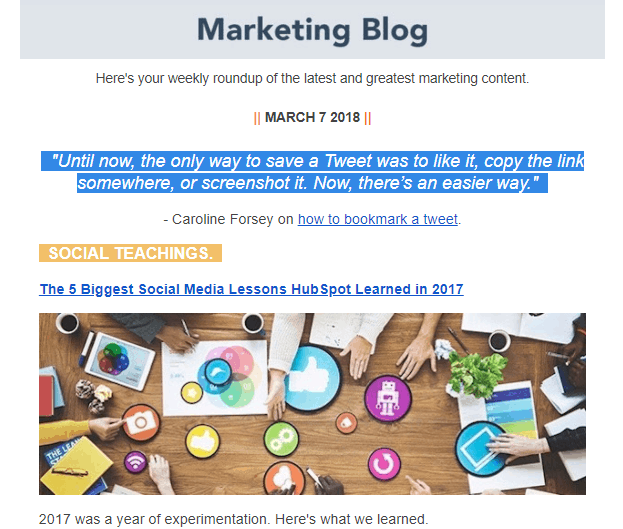
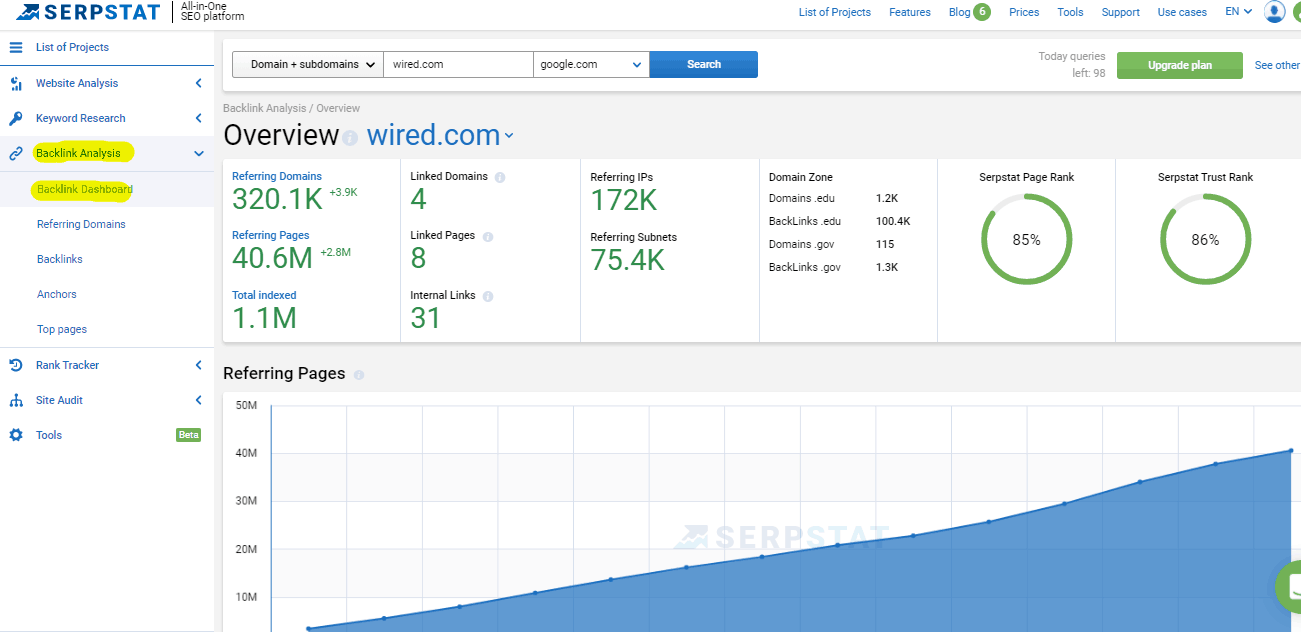
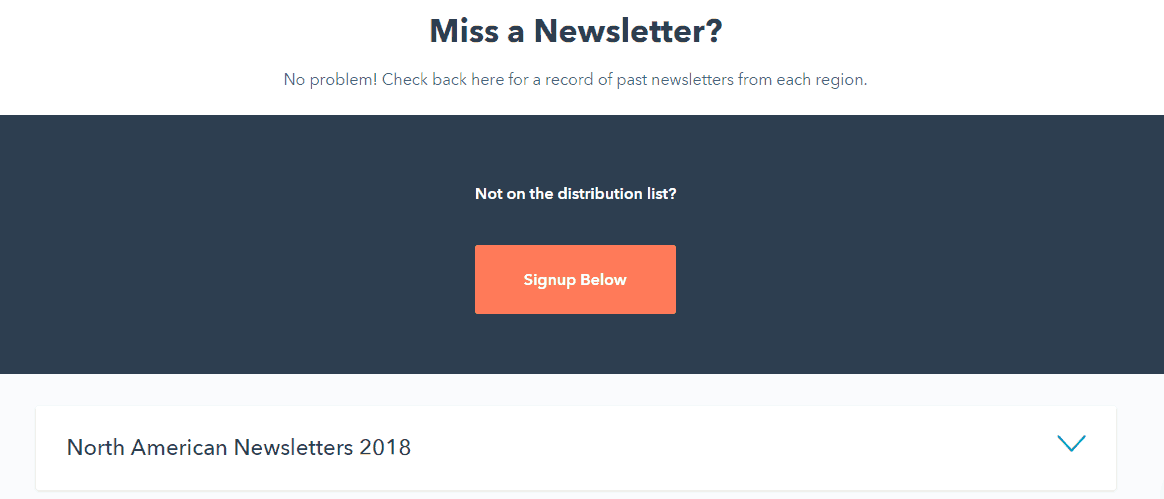
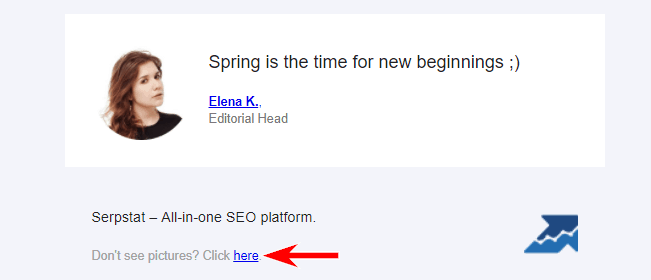
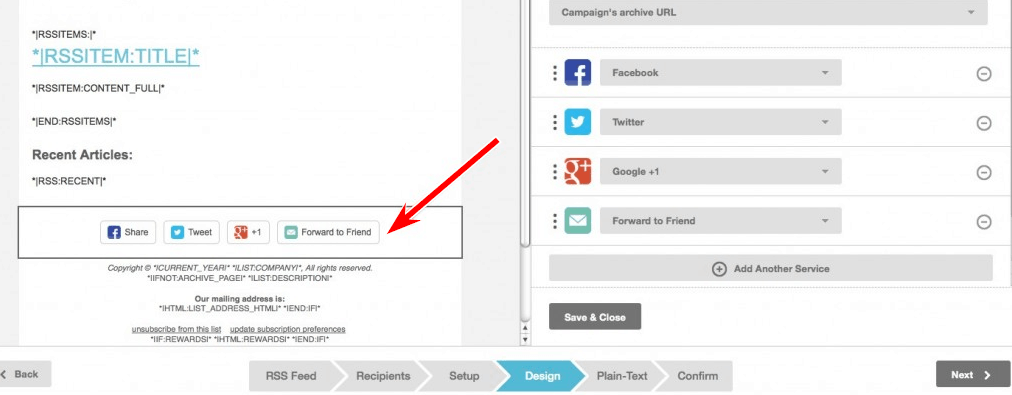
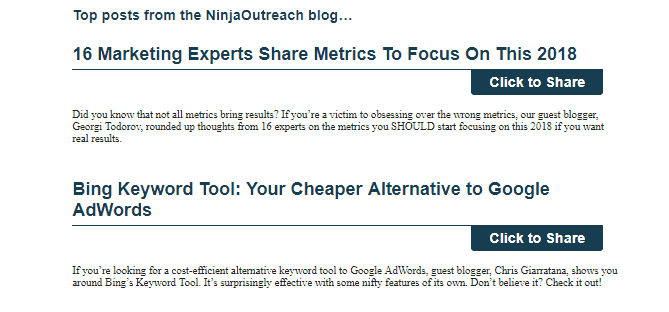

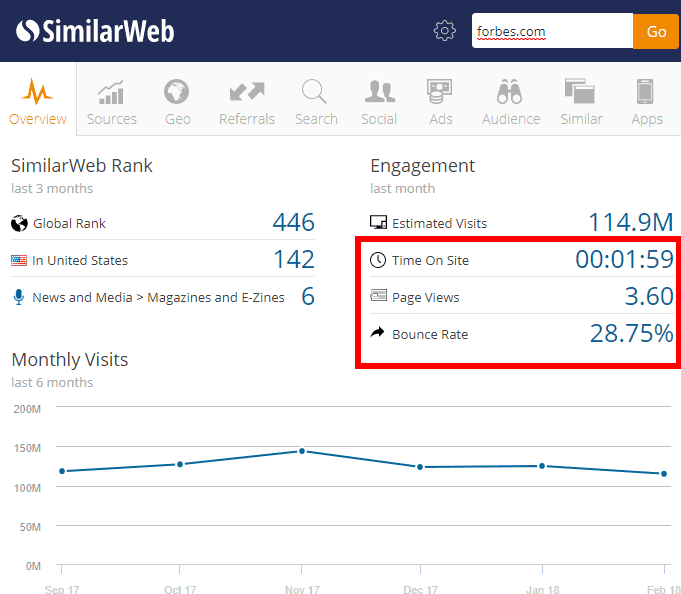

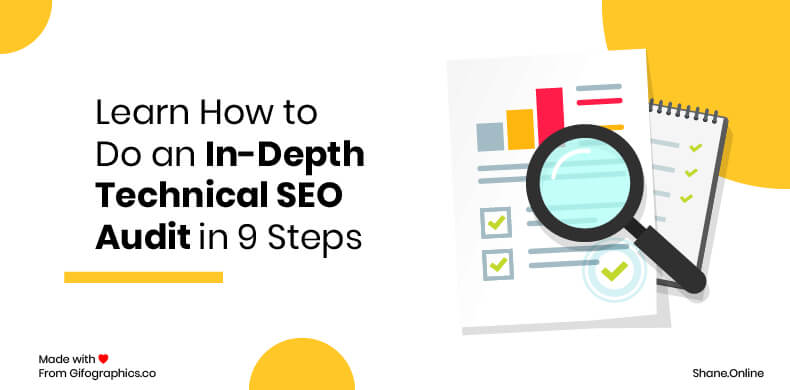
![20 best seo chrome extensions that you need to know in [year] 25 best seo chrome extensions that you need to know](https://shanebarker.com/wp-content/uploads/2021/09/seo-chrome-extensions.jpeg)
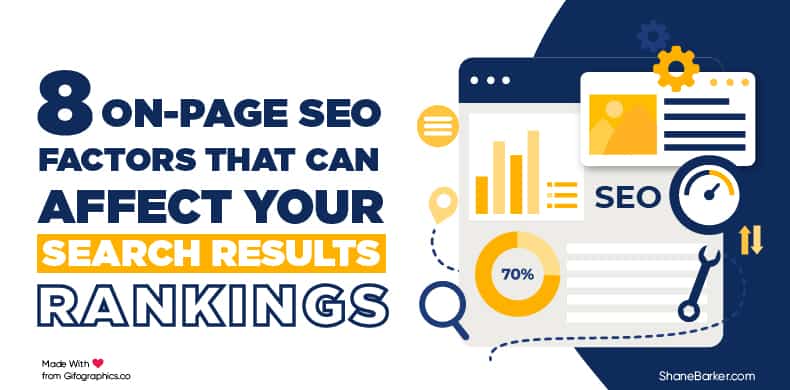
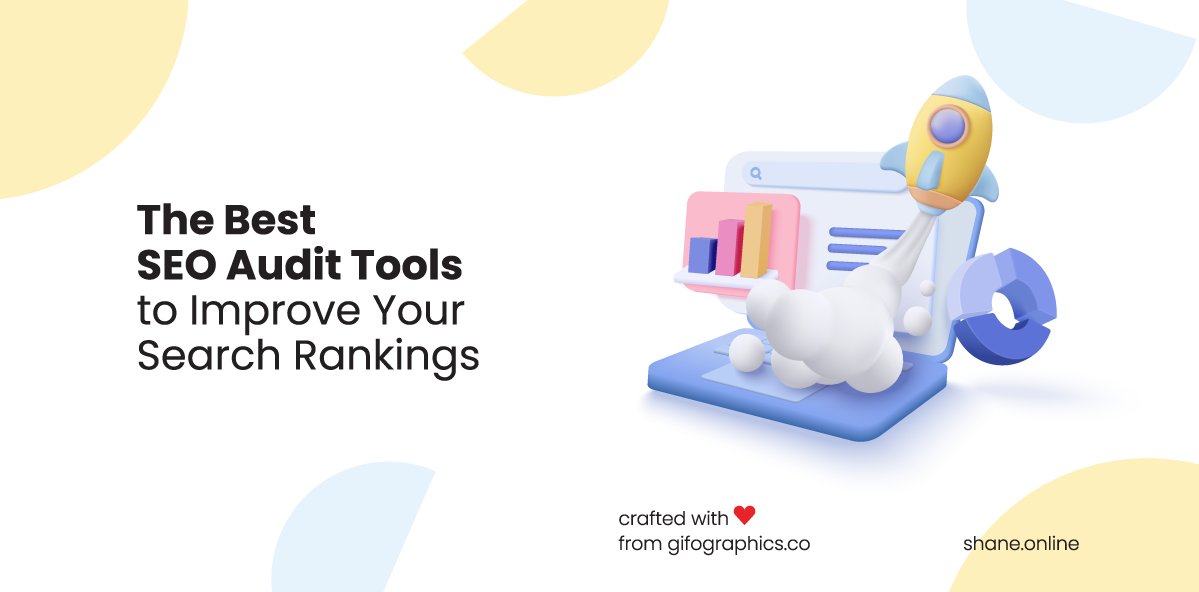
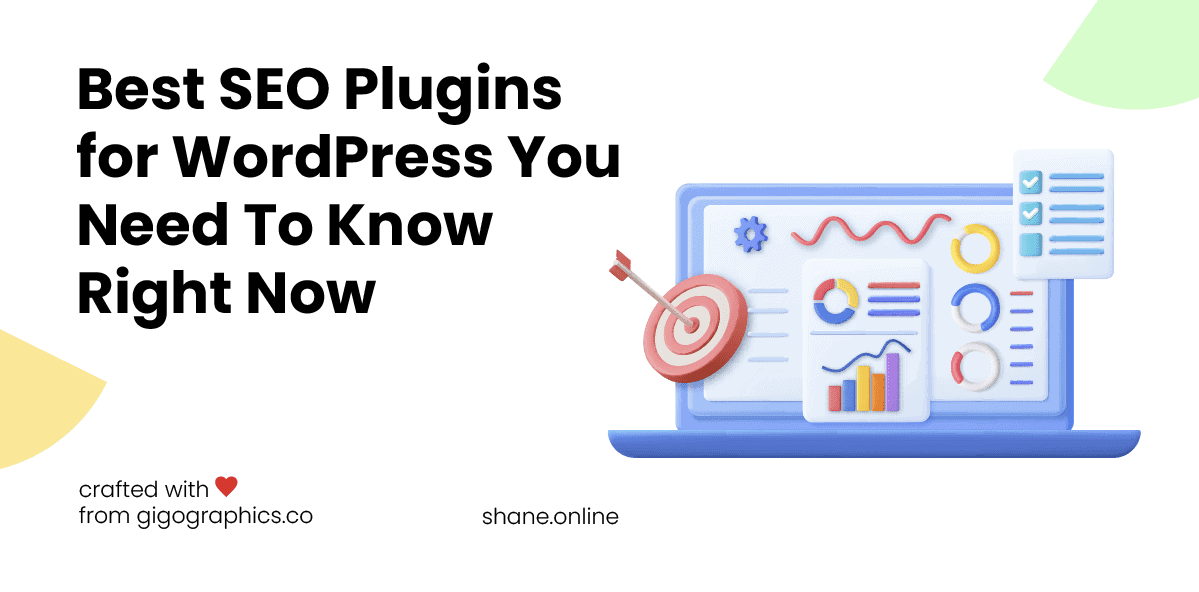

Hi there, You have done an incredible job with this blog. I will definitely share it with my friends.
Very good.
Thanks for sharing the SEO guide. I have learned some important things about SEO. And definitely, I will use them.
Thanks for sharing the wonderful information about the integration of email marketing with SEO.